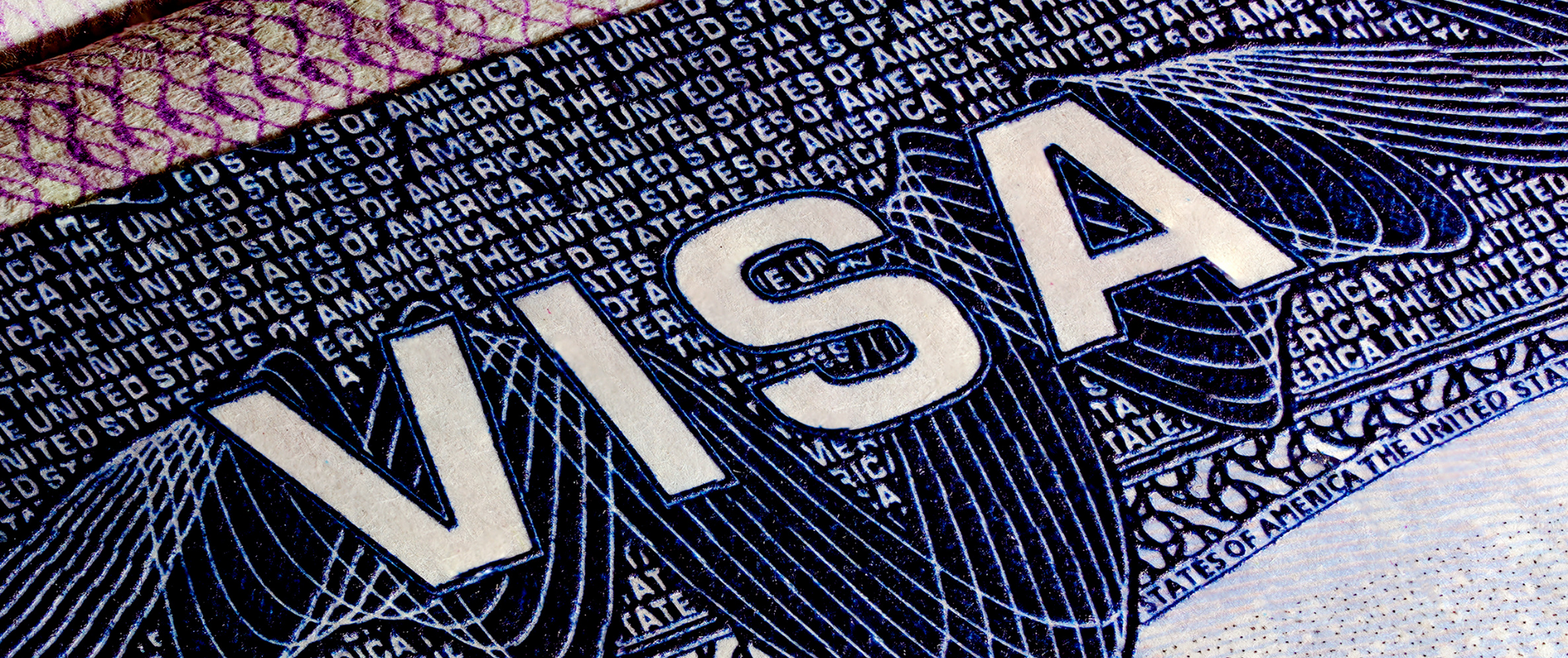
The R-1 visa allows individuals to travel to the United States to perform religious work or participate in religious services. The religious group or organization sponsoring the application must be a legitimate and recognized religious organization.
The R-1 visa process begins with the sponsoring U.S. employer filing Form I-129. Along with the petition, the following documents must be submitted:
After filing, the U.S. consulate or embassy will evaluate your eligibility for the visa. However, your actual entry into the U.S. will be decided by Customs and Border Protection (CBP) at the port of entry.
R-1 visa holders can apply for other temporary (non-immigrant) visas such as H-1B or F-1. They may also seek employment-based immigrant visas like EB-2 or EB-3 without affecting their R-1 status.
Navigating the R-1 visa process can be complex. For expert legal guidance, contact Yellow Law. Our experienced immigration lawyers are here to help you every step of the way.